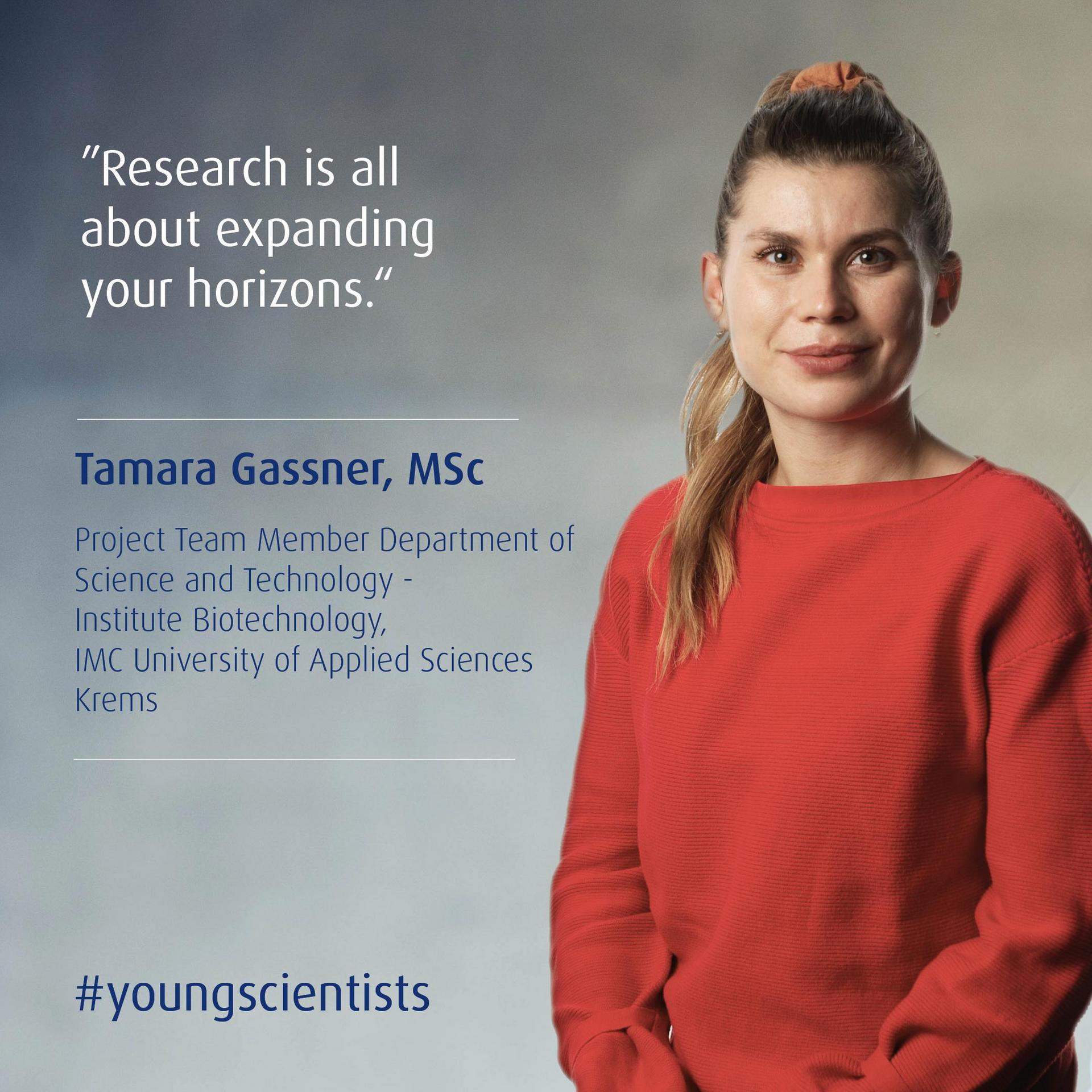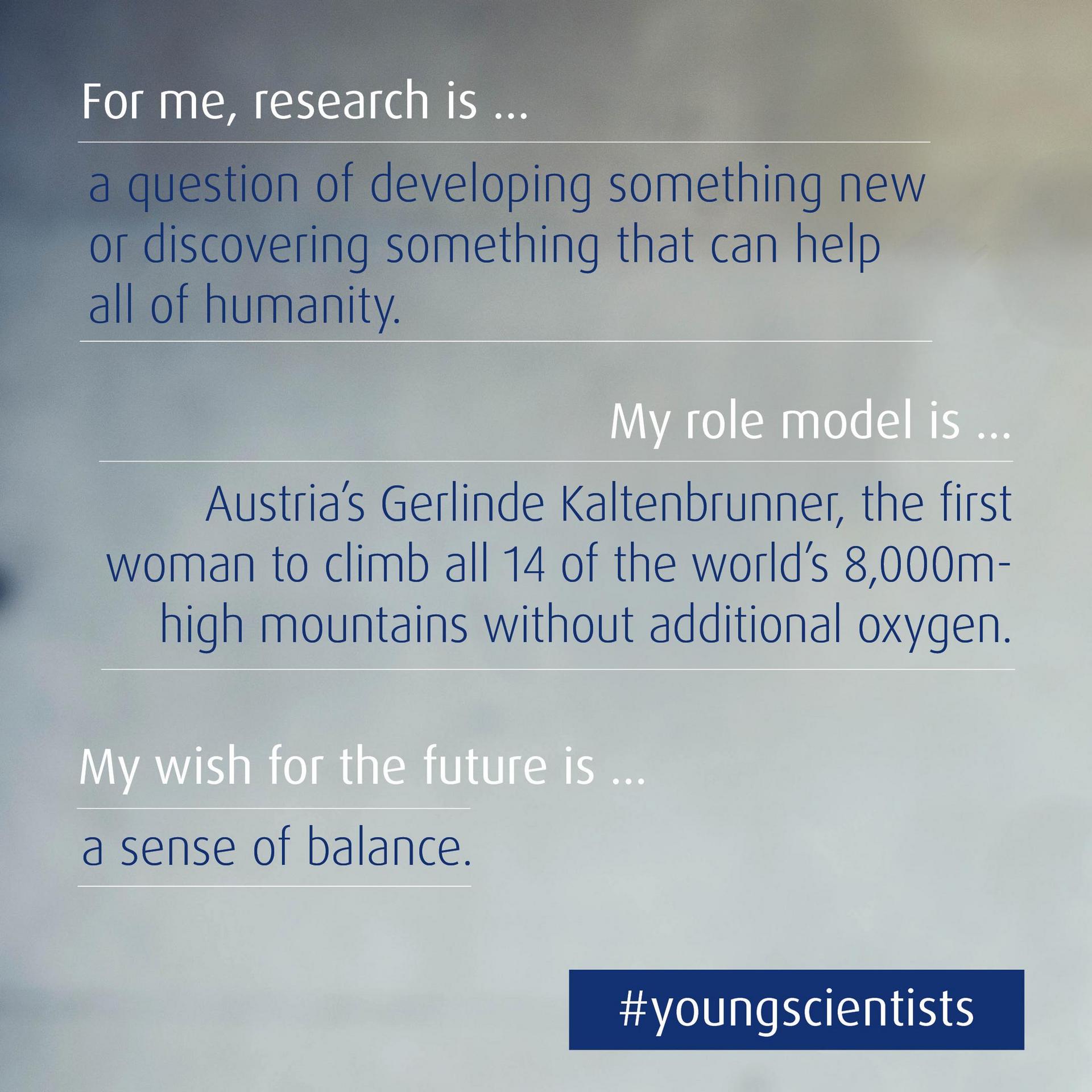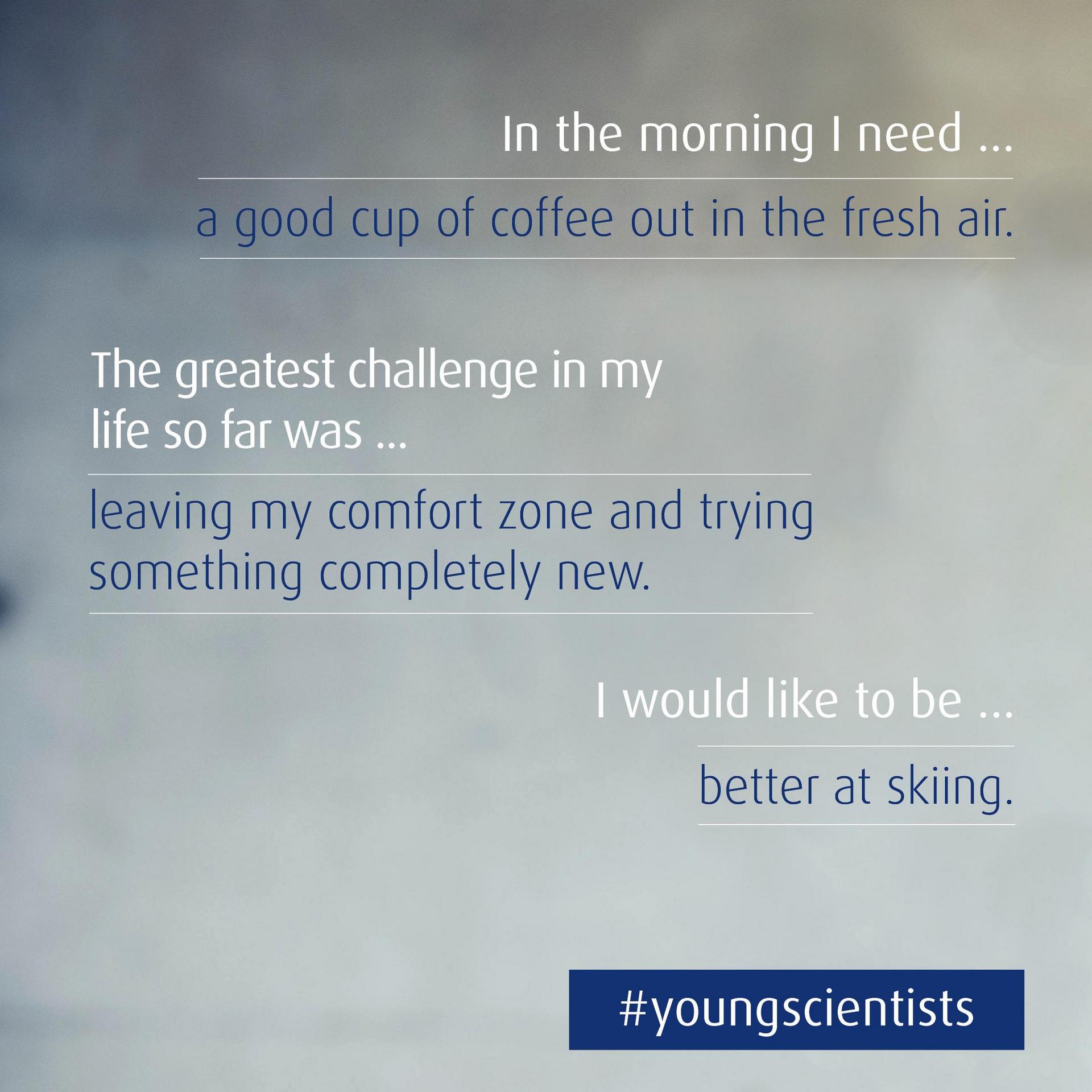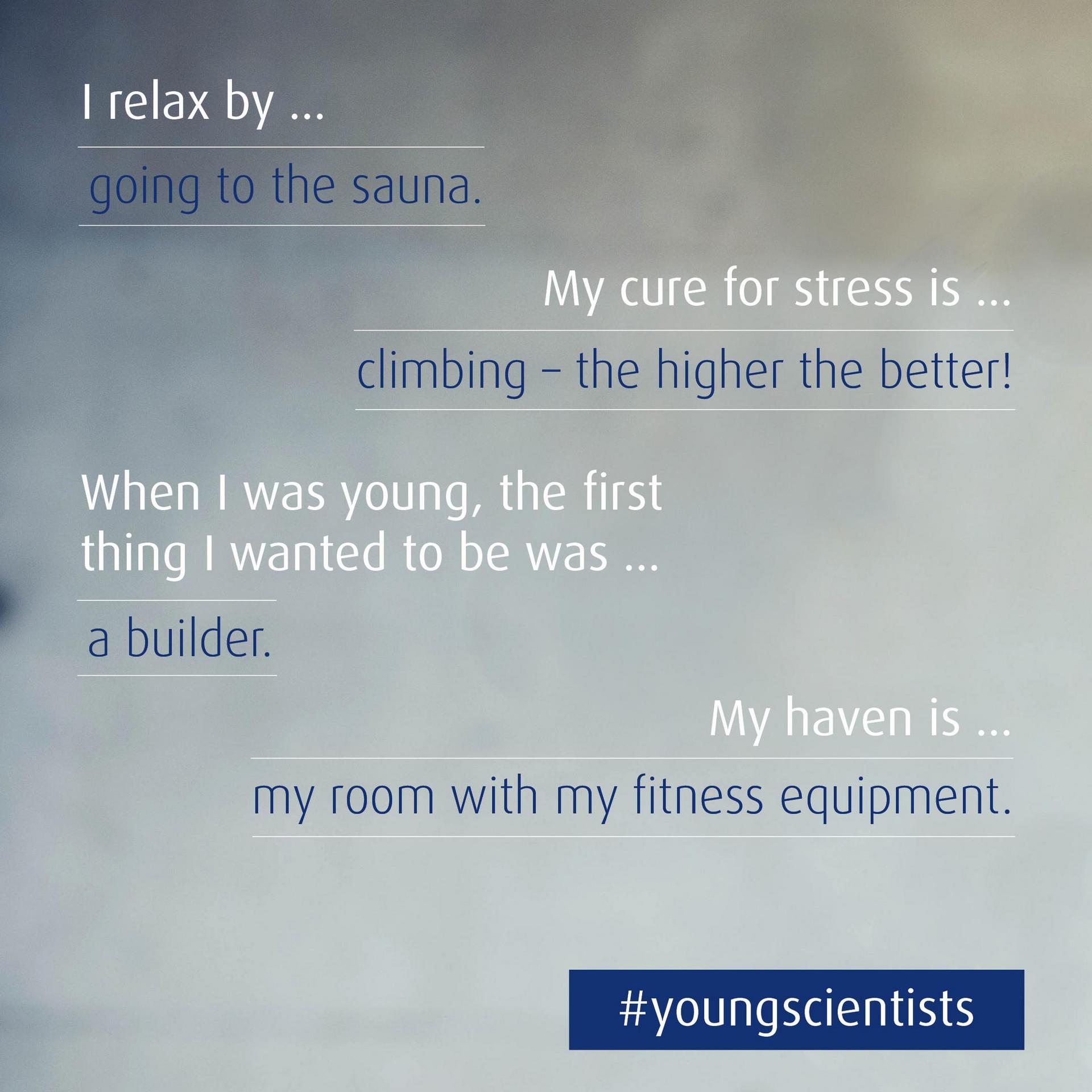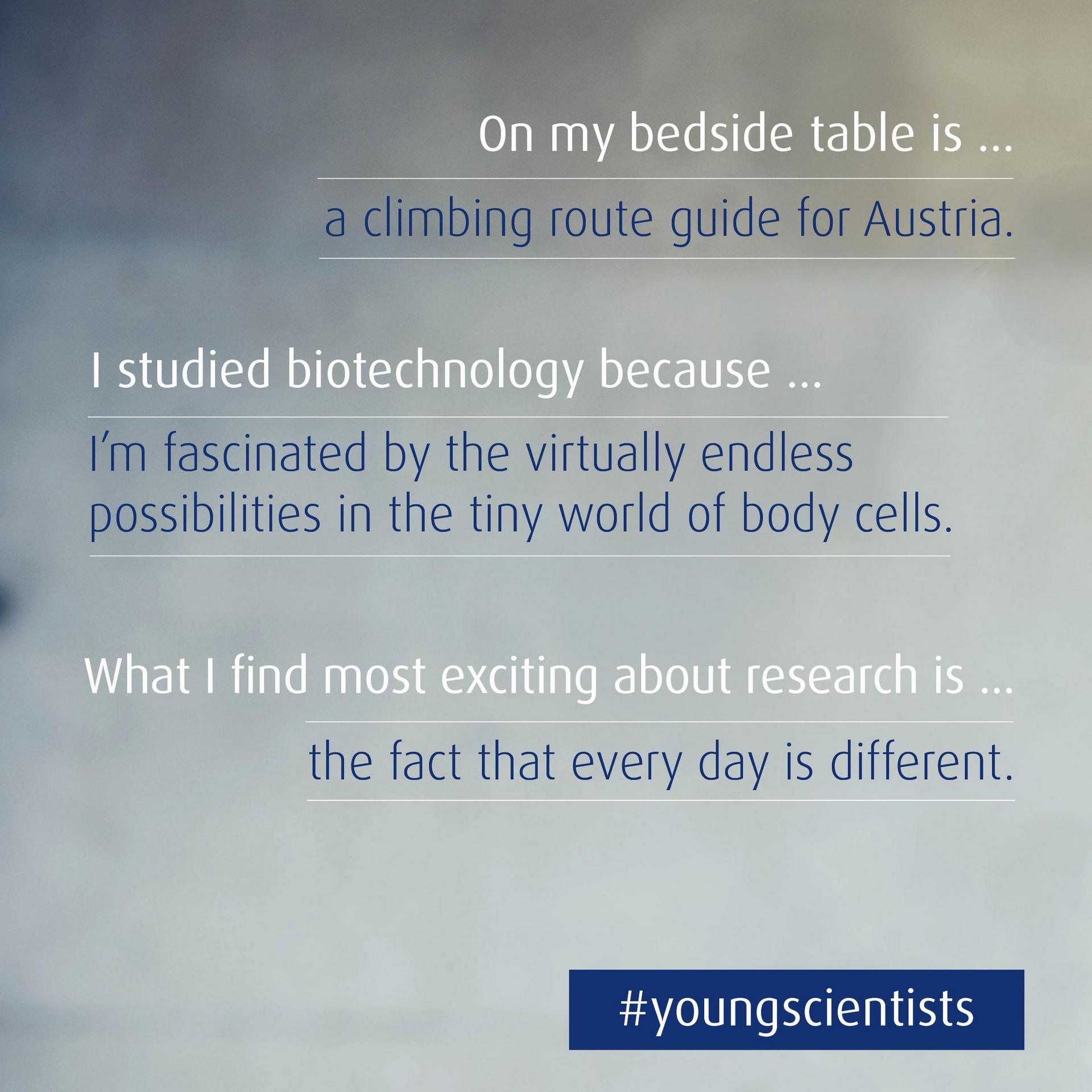Press
Breast cancer research – an affair of the heart
![[Translate to Englisch:] [Translate to Englisch:]](/fileadmin-imckrems/_processed_/e/8/csm_youngscientists_gassner_1250x833px_web_518b2c10f5.jpg)
What is your research focus and what do you find most fascinating about this line of research?
I’m currently focusing on bone metastasis in breast carcinoma cases – in other words, cancer cells that spread to the bones from breast tumours. It’s a joint project between IMC Krems and Karl Landsteiner University of Health Sciences, which is sponsored by Gesellschaft für Forschungsförderung Niederösterreich m.b.H., or GFF for short. Our team is headed by Prof. Christoph Wiesner and Dr Sonia Vallet, and we’re trying to build a more detailed picture of the pathophysiological role played by the endosteal niche in bone marrow tissue – so basically, what part this niche plays when it is diseased. The project puts an emphasis on biomarkers – or measurable biological characteristics – of bone metastasis that support early recognition. There’s another, for me very personal side to this project as well: sadly, I lost my grandmother far too early to breast cancer. And I’m only one of many who have suffered in this way – bone metastasis affects almost 15% of breast cancer patients, and nine out of ten of them do not survive more than five years. So we urgently need to identify new ways of stopping bone metastasis.
What makes this project so unique?
In the course of the project we created a 3D model of the endosteal niche that has enabled us to simulate in-vivo conditions in human bone tissue. We use a special bioreactor to produce three-dimensional cell models from osteoblasts, which are cells that form bone tissue. By co-cultivating these models along with breast cancer cells we can accurately examine the metastasis at different stages of bone formation with the help of biochemical and molecular biological methods.
Can you give us a picture of what your research involves?
We culture what are known as mesenchymal stem cells and differentiate them to obtain osteoblasts by means of targeted stimulation. This process takes weeks. After successfully differentiating the cells, various types of breast cancer cells are added so that we can analyse the effect on the bone tissue niche. We carry out a range of experiments to look at how osteoblasts support the spread, adhesion and growth, as well as the drug resistance of breast cancer cells. We also try to pinpoint biochemical markers that are involved in breast carcinoma bone metastasis, and which would be suitable as a diagnostic tool.
How can your research findings help patients?
There are two aspects of this research project that could benefit patients. Firstly, biomarker-based early recognition of bone metastasis, and secondly, the use of medication to block the spread and above all the growth of breast cancer cells in bone tissue.
Have you had any really memorable experiences in the course of your research?
When we discovered that breast cancer cells, in contrast to other cells, are more likely to adhere to pre-osteoblasts – that was a very special moment. Taking these findings as our starting point, we tried to identify which mechanism was behind this interaction. If we know why breast cancer cells attach to pre-osteoblasts, we can also search for a solution designed specifically to prevent this.
Why did you go into science?
I discovered that my future lay in research because I wasn’t happy working in the construction industry as a civil engineer – that had been my dream job when I was a child. So I decided to turn things around completely and learn something new. The Medical and Pharmaceutical Biotechnology degree programme at IMC Krems gave me the opportunity to enter a profession that I find fulfilling and satisfying. For me, the main motivator is that I’m involved in research projects that could potentially help people in the future.
Tamara Gassner in person: what inspires you and drives you on, and how do you relax outside work?
What I find especially inspiring about my job is that I can learn and develop continuously. That’s why I think research is so fascinating. As my dad loves to say: “you never stop learning”.
In my free time I enjoy exploring the mountains and the great outdoors. I love climbing and I can’t get enough of Austria’s 3,000-plus metre mountains, the views of the valleys and as far as the eye can see.
What do you find so exciting about research work?
It’s exciting that no two days are the same, and also that the work is really varied, so you’re always looking forward to the next research findings. The results form the basis for the next steps and experiments in the project.
About Tamara Gassner
Tamara Gassner MSc. is a project team member in the Department of Science and Technology at IMC Krems’ Institute of Biotechnology. She worked in the construction industry as a civil engineer before completing her Medical and Pharmaceutical Biotechnology bachelor and master degrees at IMC Krems. The young researcher is currently analysing bone metastasis in breast cancer cases, as part of a joint project between IMC Krems and Karl Landsteiner University of Health Sciences.
